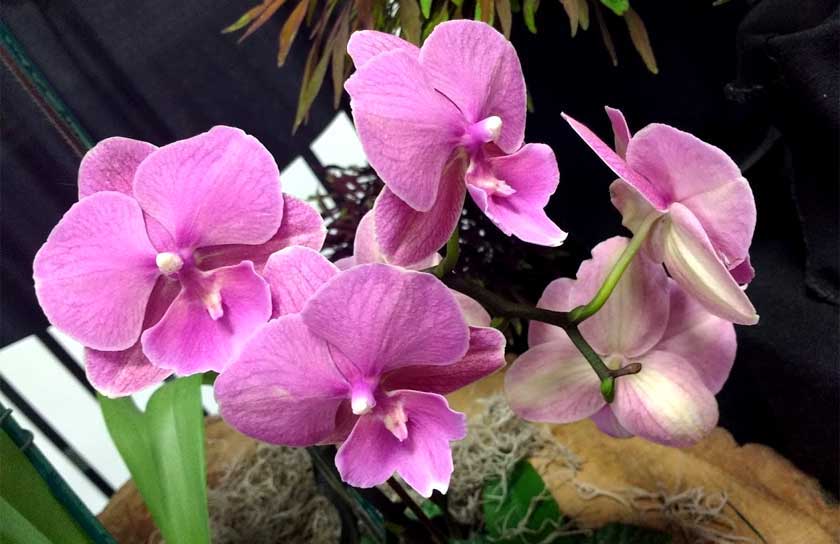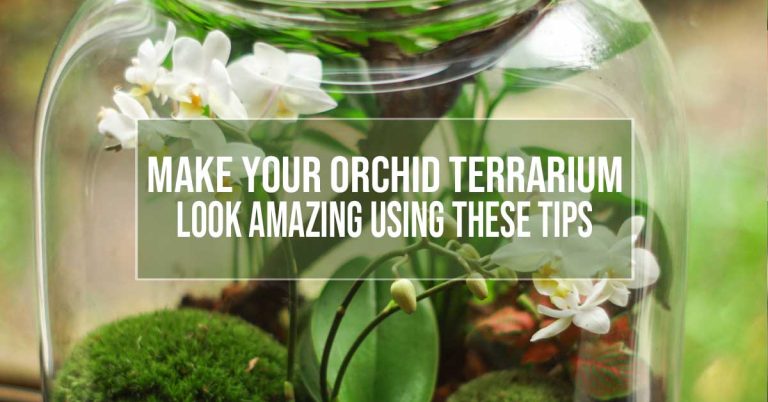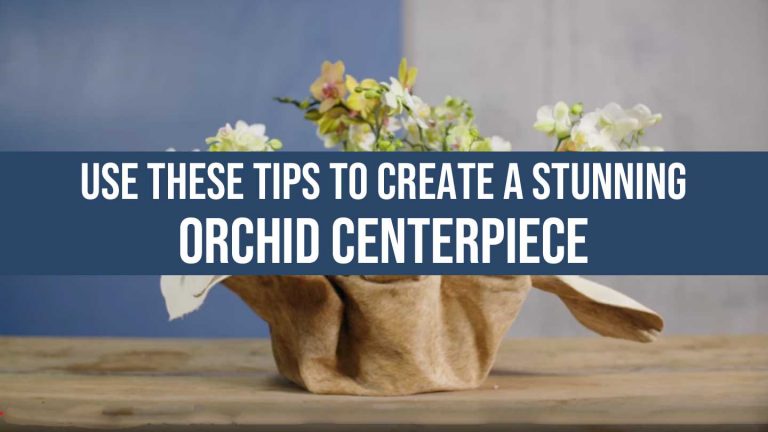Growing orchids can seem intimidating, but with the right knowledge, anyone can succeed in nurturing these stunning plants. Whether you’re a beginner orchid grower or looking to improve your orchid care skills, understanding the fundamentals is key to maintaining healthy, blooming plants.
Proper care techniques make the difference between thriving orchids and struggling ones. From light requirements to watering schedules, each element plays a crucial role in your orchid’s success.
Key Points
- Orchids need a well-draining potting mix consisting of bark, sphagnum moss, and perlite
- Bright, indirect sunlight provides optimal growing conditions for most orchid varieties
- Weekly watering with proper drainage prevents the most common cause of orchid death: root rot
- Regular fertilization during the growing season supports healthy blooms and growth
- Repotting every 1-2 years maintains plant health and vigor
Orchid Basics
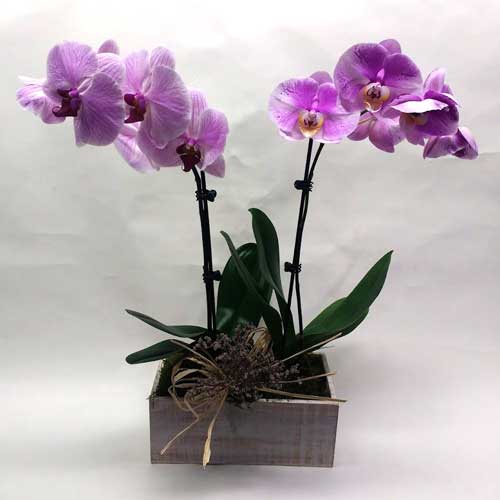
The fundamental care requirements for orchids, such as proper potting, light, feeding, rest periods, and potential pests and diseases, are essential to ensure the longevity and reblooming of these exotic plants.
Orchids require a well-draining potting mix allowing air circulation around the roots. Specialized orchid mixes containing bark, sphagnum moss, and perlite are recommended, as they provide the ideal moisture retention and drainage balance.
Most of the orchid plants that are commonly available today are grown in bark potting mixes.
Avoid using regular potting soil, which can become waterlogged and suffocate the roots of the orchid.
Watering frequency is another crucial aspect of orchid care. Unlike other houseplants, orchids do not like to be constantly wet. Overwatering can lead to root rot, which is a common cause of orchid failure.
Generally, orchids should be watered when the potting mix has become almost dry but not completely dry. The watering frequency depends on several factors, such as the type of orchid, the pot’s size, and the environment’s temperature and humidity.
It’s important to monitor the moisture level of the potting mix regularly, as too much or too little water can harm the plant.
Growing and Propagation
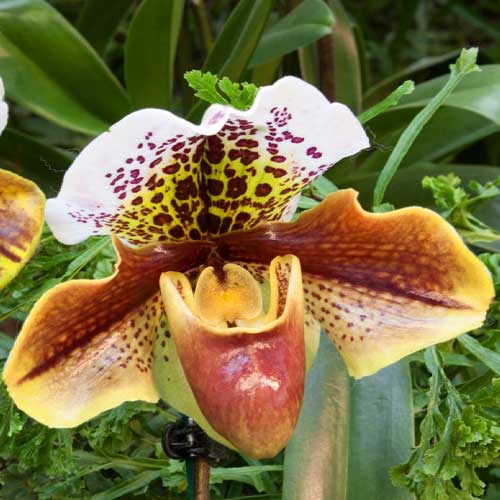
Propagation can be achieved through the division of the plant or the growth of new keikis. Division involves separating the plant into smaller sections with roots and foliage. This can be done when the orchid has outgrown its pot or when it is time to repot.
Keikis, on the other hand, are small plantlets that grow from the stem or base of the mother plant. Once they have developed their roots and leaves, they can be left to grow on the mother plant or removed and potted separately.
Propagation methods for orchids can be both exciting and daunting for growers. It requires patience, careful observation, and a willingness to experiment. However, the rewards can be great, as each new plant represents a potential rebloom and a continuation of the orchid’s legacy.
Whether through division or keikis, understanding the growth stages of orchids is crucial for successful propagation. These exotic beauties can thrive and bloom for years with proper care and attention.
Maintenance and Troubleshooting
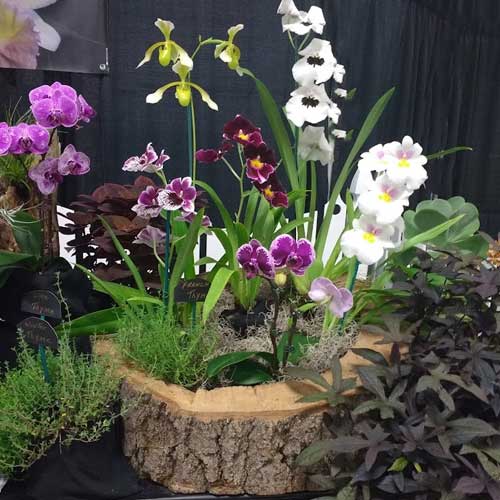
Maintaining the proper conditions and monitoring for pests and diseases is a time-consuming and tedious process, but crucial for the long-term health of orchids.
One of the most common orchid issues is overwatering, which can lead to root rot and other problems. To prevent this, it is important to use a well-draining potting mix and to allow the top few inches of the mix to dry out before watering again.
Watering orchids in the morning is recommended to allow excess moisture to evaporate during the day.
In addition to proper watering techniques, preventing pests and diseases is important for orchid care. Common pests include spider mites, scale insects, and mealybugs, which can be controlled through regular monitoring and treatment with insecticidal soap or other appropriate products.
Fungal infections can also occur, particularly in humid or poorly ventilated conditions, and can be prevented through proper air circulation and by avoiding overwatering.
Monitoring for signs of pests or diseases and taking prompt action when necessary can help keep orchids healthy and thriving for many years.
| Common Pests | Prevention/Treatment |
|---|---|
| Spider mites | Avoid overwatering, ensure proper air circulation, and use a fungicide as needed. |
| Scale insects | Use insecticidal soap, remove infected areas, and quarantine affected plants. |
| Mealybugs | Use rubbing alcohol or insecticidal soap, and isolate infected plants to prevent the spread. |
| Fungal infections | Avoid overwatering, ensure proper air circulation, and use a fungicide as needed |
Common Questions
How often should I fertilize my orchid?
Fertilize every 2-4 weeks during the growing season with a balanced, water-soluble fertilizer diluted to half strength. Reduce fertilization during the dormant period in fall and winter.
Why are my orchid’s leaves turning yellow?
Yellow leaves can indicate several issues, including overwatering, nutrient deficiency, or natural aging. Check the roots for signs of rot and adjust watering accordingly. Older leaves will naturally turn yellow and fall off.
When should I repot my orchid?
Repot orchids every 1-2 years, or when the potting medium breaks down and becomes compacted. The best time to repot is after flowering when new root growth begins.
How do I get my orchid to rebloom?
To encourage reblooming, provide proper light conditions, maintain regular fertilization, and expose the plant to slightly cooler nighttime temperatures (around 55-65°F) for several weeks.
Want More Plant Care Tips Like This?
If so, enter your email address, and I’ll update you when I post new tips.
You can also get additional tips and helpful information by following me on social media. It’s also a great place to continue the conversation. So I hope you join me there as well.
Til next time,


